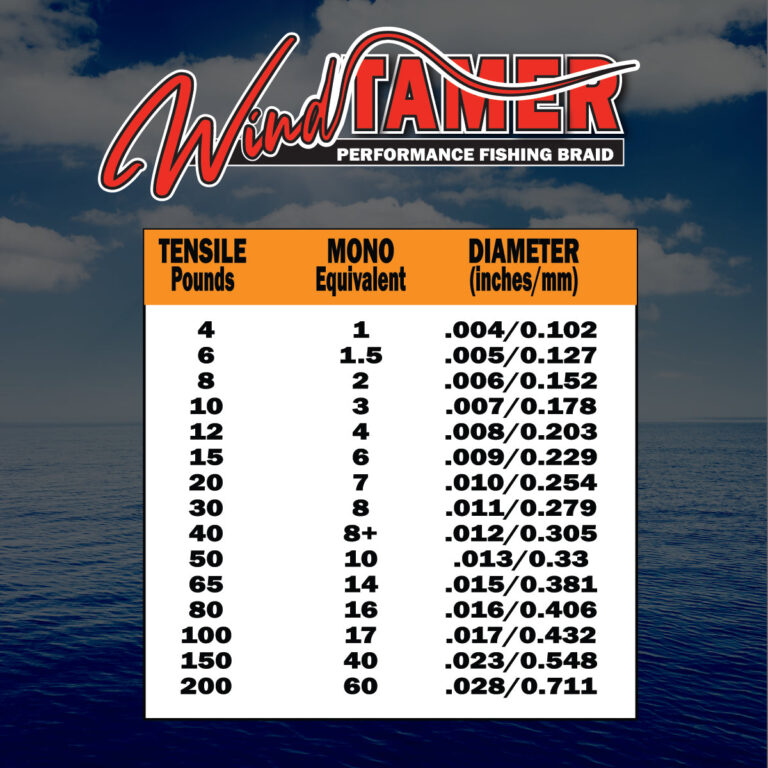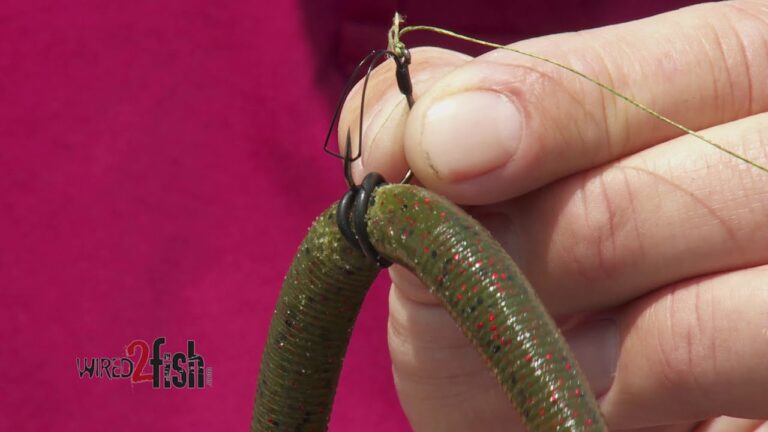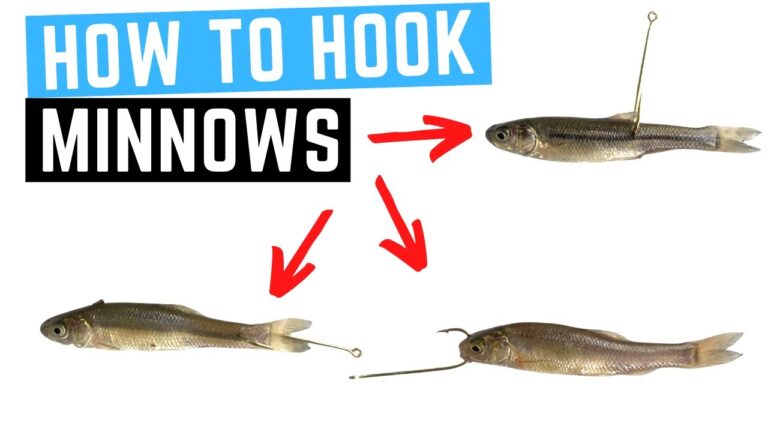How to Test If Fishing Line is Still Good

To test if fishing line is still good, perform a visual inspection and a tensile strength test. Check for any discoloration, memory, or brittleness by stretching a section of the line.
Fishing enthusiasts know that a reliable fishing line is integral for a successful catch. Over time, lines can degrade due to various factors such as UV exposure, wear and tear, and infrequent use. Before embarking on your fishing trip, it’s crucial to ensure that your line is in top condition.
A compromised line can mean the difference between reeling in a trophy or coming home empty-handed. This is why testing the integrity of your fishing line is a step that should not be overlooked. Strong, supple fishing line translates into better sensitivity and response when angling, enabling you to catch more fish effectively. Keep your tackle box equipped with quality line, ready to withstand the rigors of your fishing adventures.
Evaluating Fishing Line Condition
To test a fishing line’s integrity, begin by examining the line closely. Look for any signs of fraying, discoloration, or damage. If you find parts that look fuzzy, it may be time to replace the line. Nicks or abrasions can weaken the line, causing it to break at crucial moments.
Moving on to flexibility and suppleness, gently bend the line between your fingers. A good line should have a certain level of give and not feel stiff or brittle. Age and exposure to elements can make lines less flexible. If the line cracks or shows signs of brittleness, its performance on water is questionable.
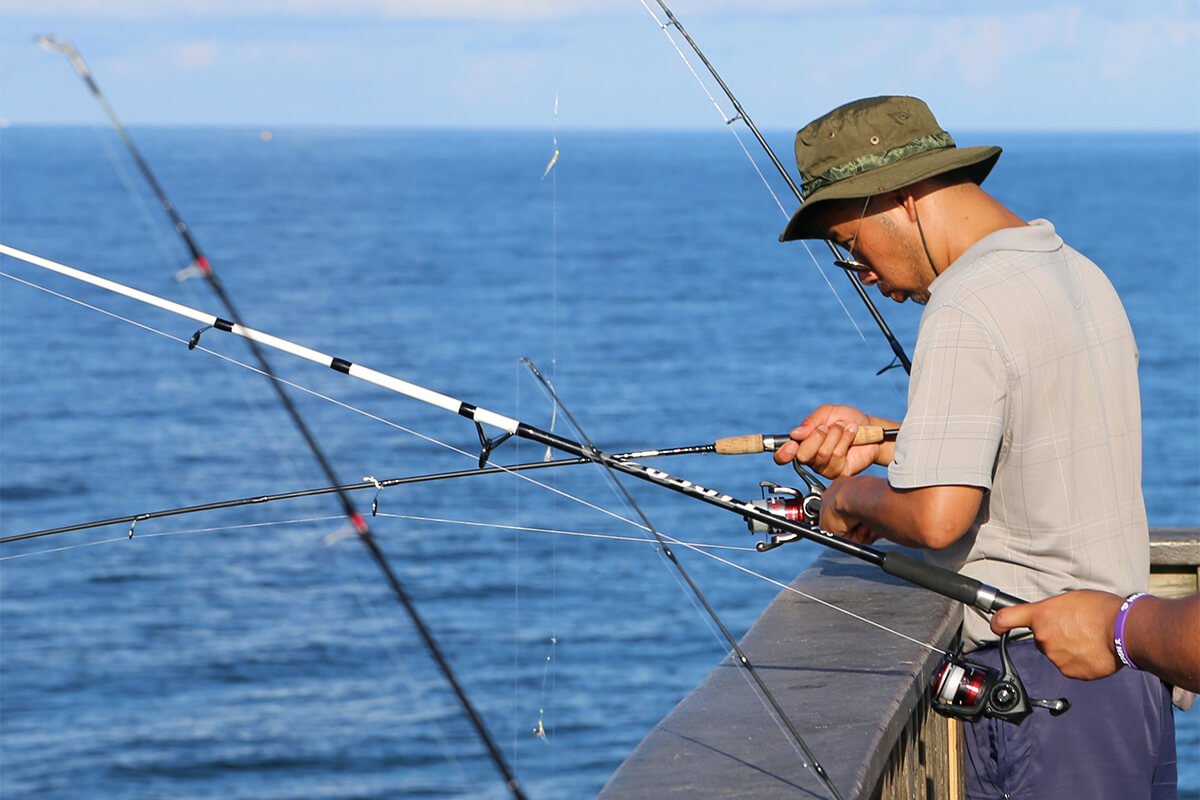
Credit: www.floridasportsman.com
The Knot Test
To test the strength of your fishing line, you need to perform the knot test. First, firmly tie a simple overhand knot. Then, pull the ends of the line to tense the knot. If the knot holds without slipping and the line doesn’t break, your line has good knot strength.
Assessing the results is just as important. If the line breaks near the knot, it could suggest the line has weakened. A line that holds strong indicates it can still perform well under tension. Remember, a line that passes this test can be trusted for your next fishing trip.
Water Submersion Technique
To test if your fishing line is still in good condition, submerge it in water. First, ensure the line is clean. Dirt can affect the results. Cut a small sample of the line, about six inches long.
Next, fill a clear container with room temperature water. Gently place the line sample into the water. Watch the line closely. A good line will sink slowly or stay below the surface. If the line floats or absorbs water quickly, it might be time to replace it. Observe for any swelling or color changes.
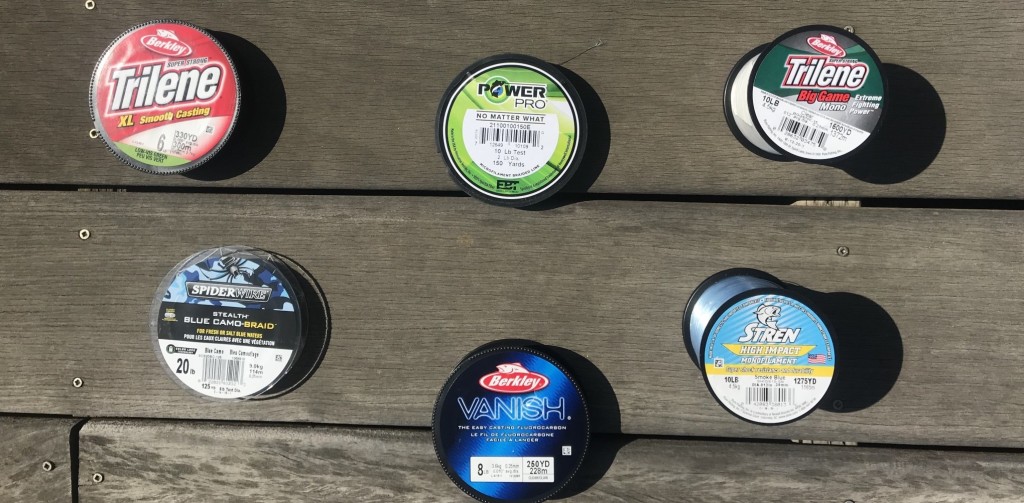
Credit: www.outdoorgearlab.com
Using Uv Exposure To Determine Line Health
UV exposure can weaken fishing lines over time. Sunlight has ultraviolet (UV) rays. These rays can damage many materials. Fishing lines are not safe from UV rays. Testing for line health involves checking two things: color and toughness.
Fishing lines should be uniform in color. Sun exposure can fade or change its color. This is a sign of aging. Also, feel the line for any rough spots or brittleness. Elasticity loss means the line may break easily. Regular checks can help spot these issues.
Fishing lines need care. To keep them strong, store them away from direct sunlight. This can extend the line’s life and improve your fishing success. Always remember, safety first! Weak lines can lead to lost catches, or even accidents.
Memory Test For Fishing Lines
To test your fishing line, begin with a simple memory test. Unspool a length of line and observe how it lays. A good line will relax without much coiling. A line that retains many coils may be past its prime. It suggests the line has developed ‘memory’, which means it keeps the coil shape from the reel. This can affect casting and line behavior in water.
| Line Condition | Action |
|---|---|
| Minimal Coiling | Line is likely still good |
| Many Coils | Consider replacing |
Lines that straighten out quickly show less wear and remain reliable. For lines that fail this test, it’s best to renew them to avoid issues during fishing.
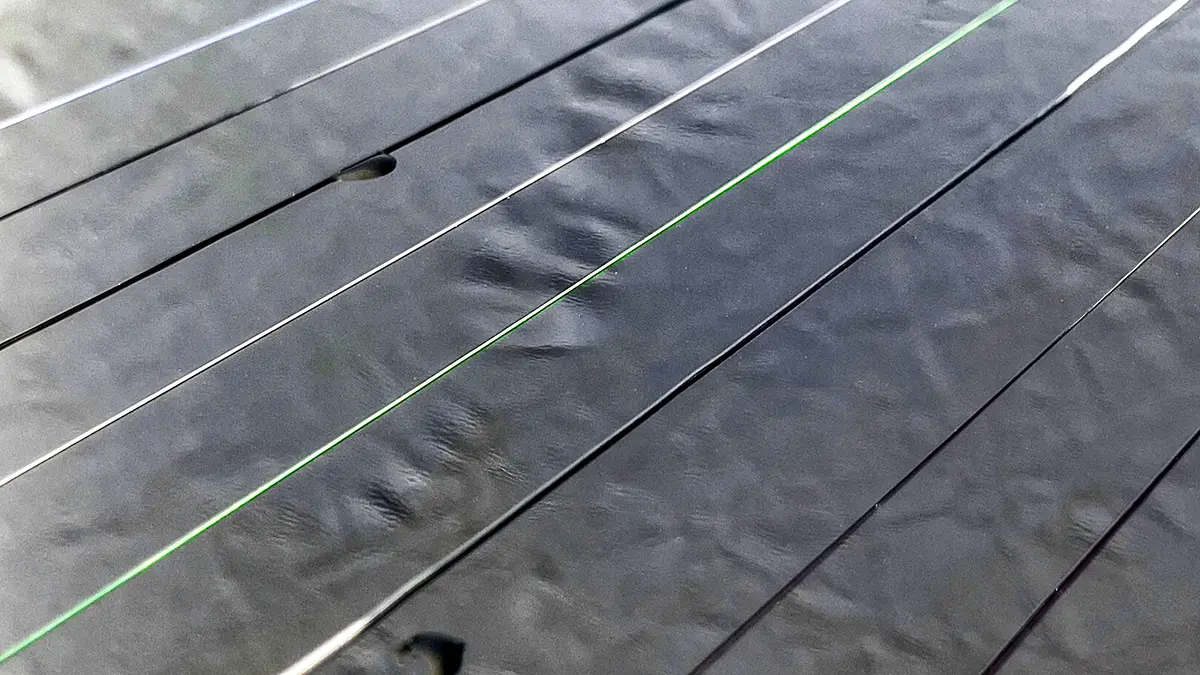
Credit: www.wired2fish.com
Frequently Asked Questions On How To Test If Fishing Line Is Still Good
How Do I Know If My Fishing Line Is Good?
Check your fishing line’s color, elasticity, and surface. Faded, brittle, or nicked lines need replacement. Regular inspection ensures optimal performance and reduces breakage risk.
Is It Ok To Use Old Fishing Line?
Yes, using old fishing line is acceptable if it’s in good condition. Check for frays, brittleness, or memory loops before use, and replace if damaged to ensure strength and reliability.
How Long Does Fishing Line Stay Good?
Fishing line longevity varies by type: monofilament lasts 2-3 years; fluorocarbon persists up to 7 years; and braided lines can last indefinitely with proper care. Regular inspection and replacement are recommended for optimal performance.
How Do They Test Fishing Line?
Fishing line testing involves measuring tensile strength and knot strength through controlled stress application. Expert anglers also evaluate abrasion resistance, stretch, and memory in real-world conditions.
Conclusion
Assessing fishing line integrity is essential for any angler’s success. Remember to check for brittleness, strength, and wear regularly. By following the simple tests outlined, you’ll ensure your fishing line is reliable for your next adventure. Keep your gear in top shape, and tight lines will follow!

